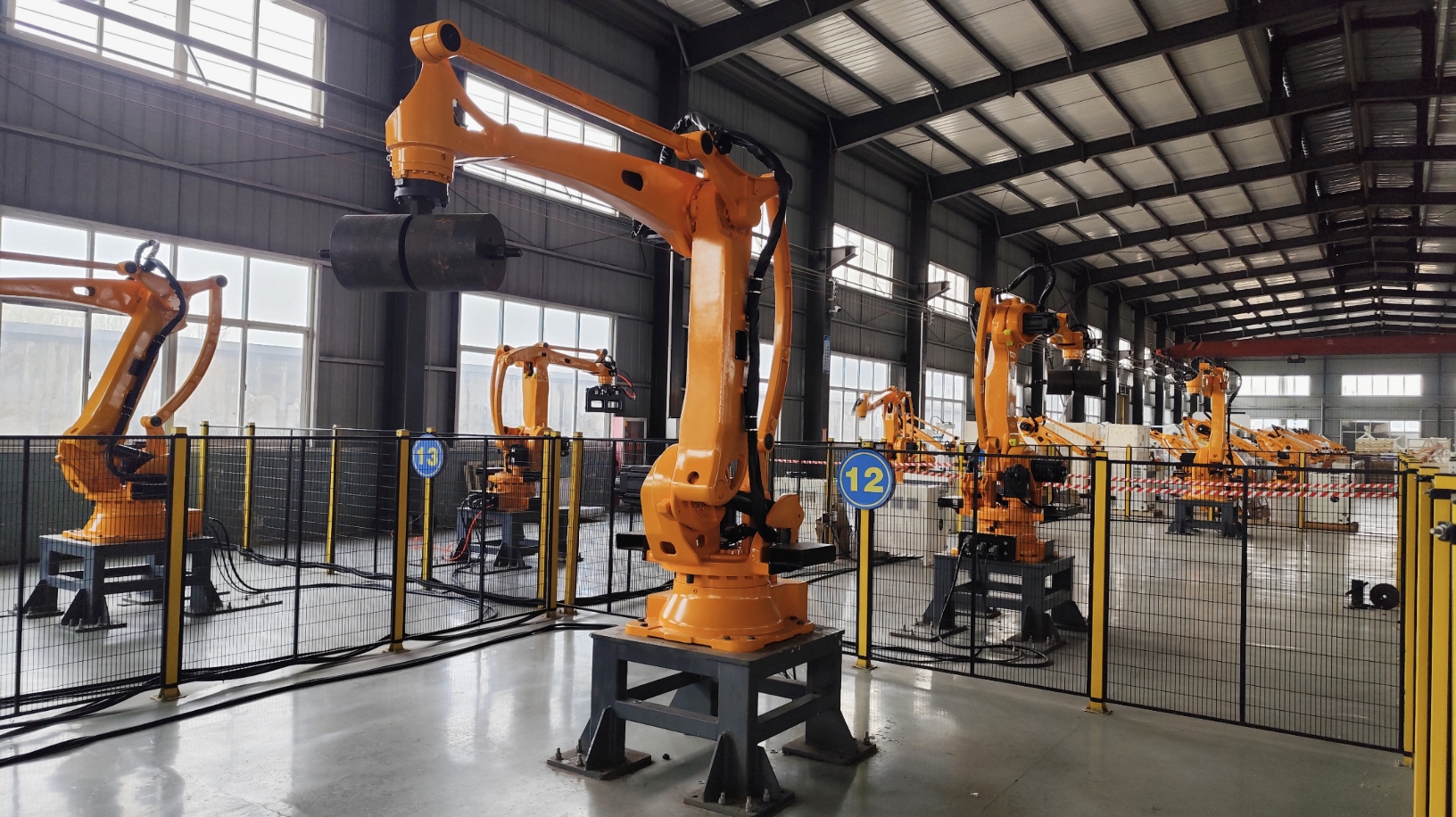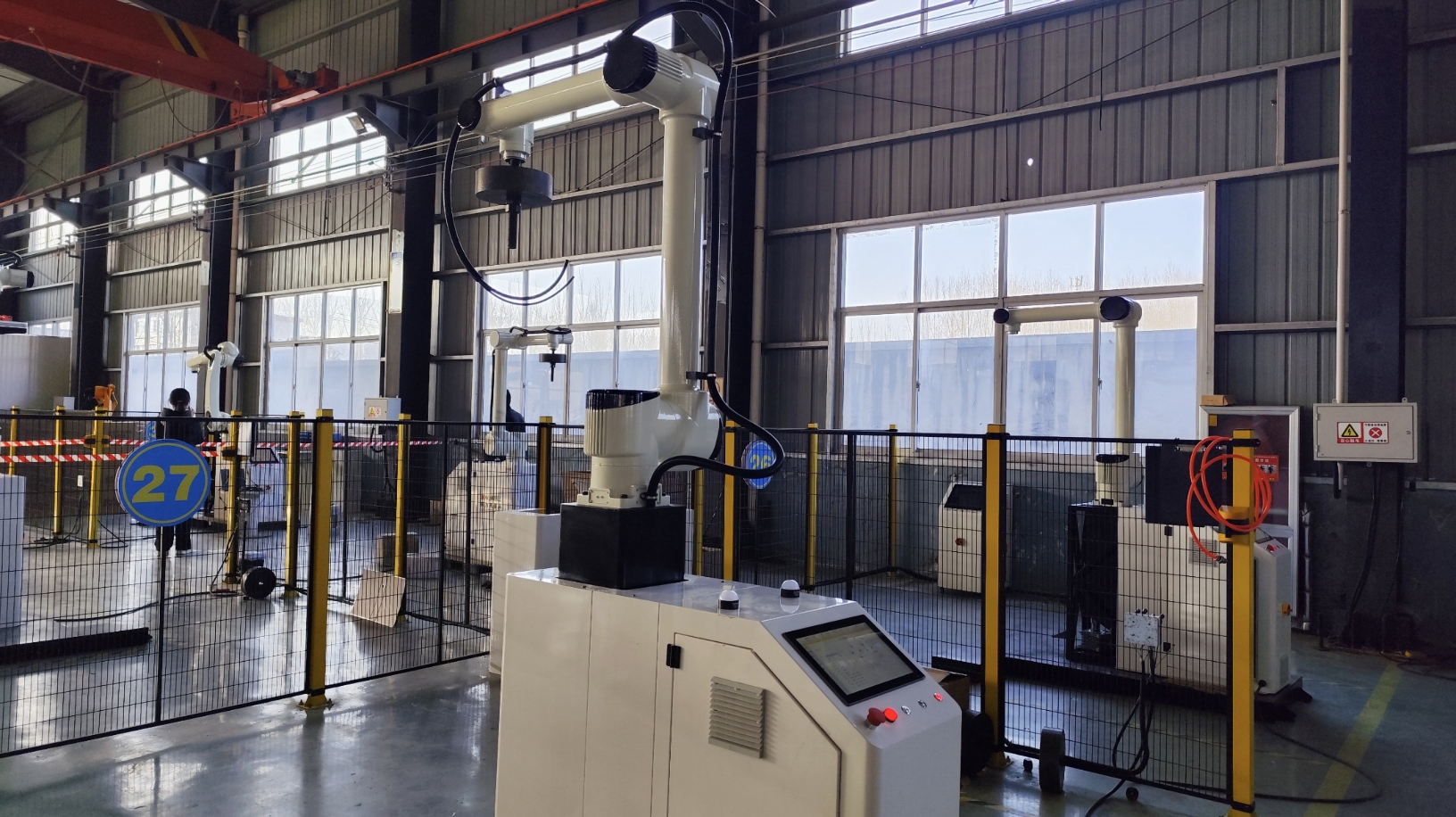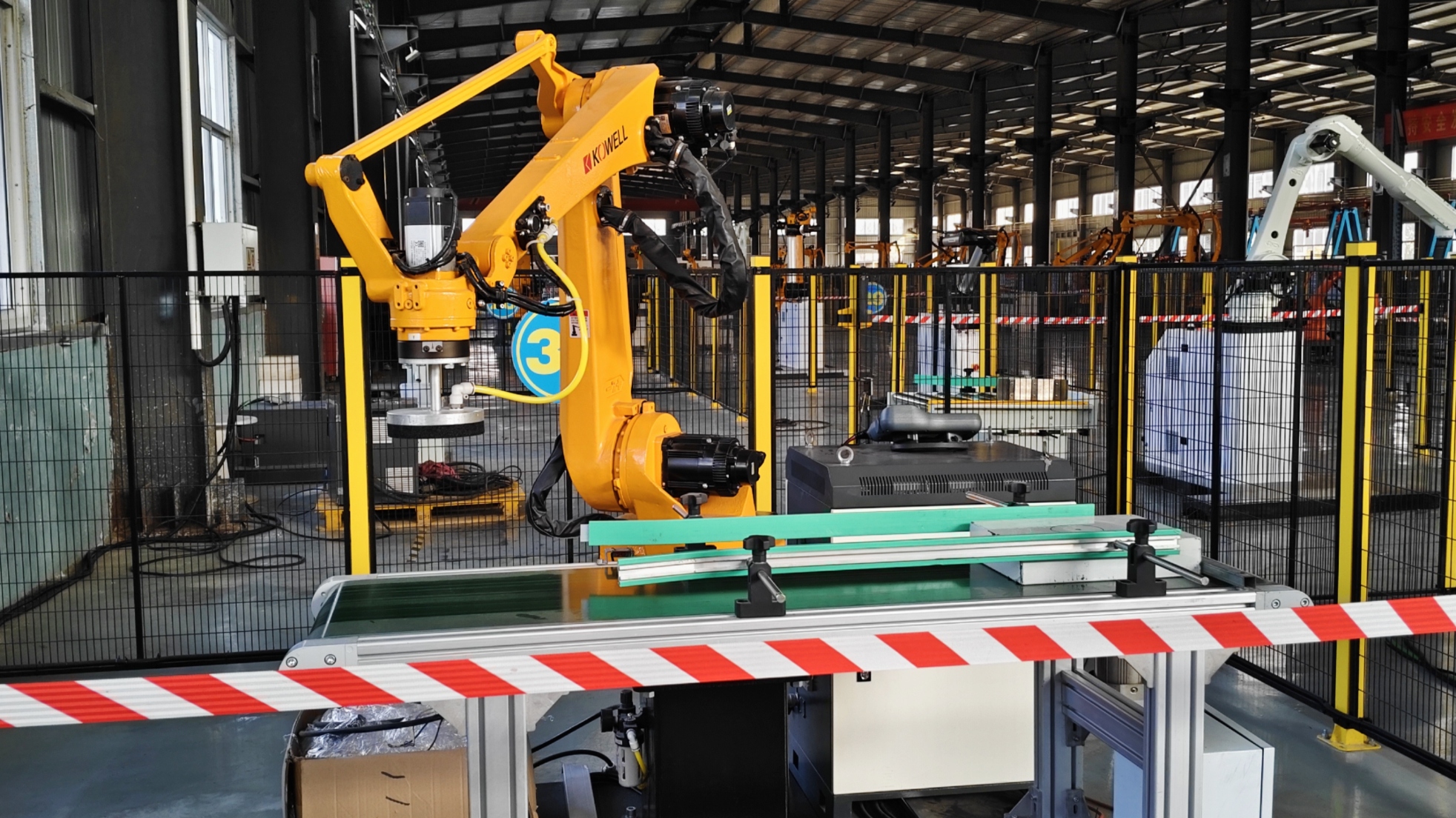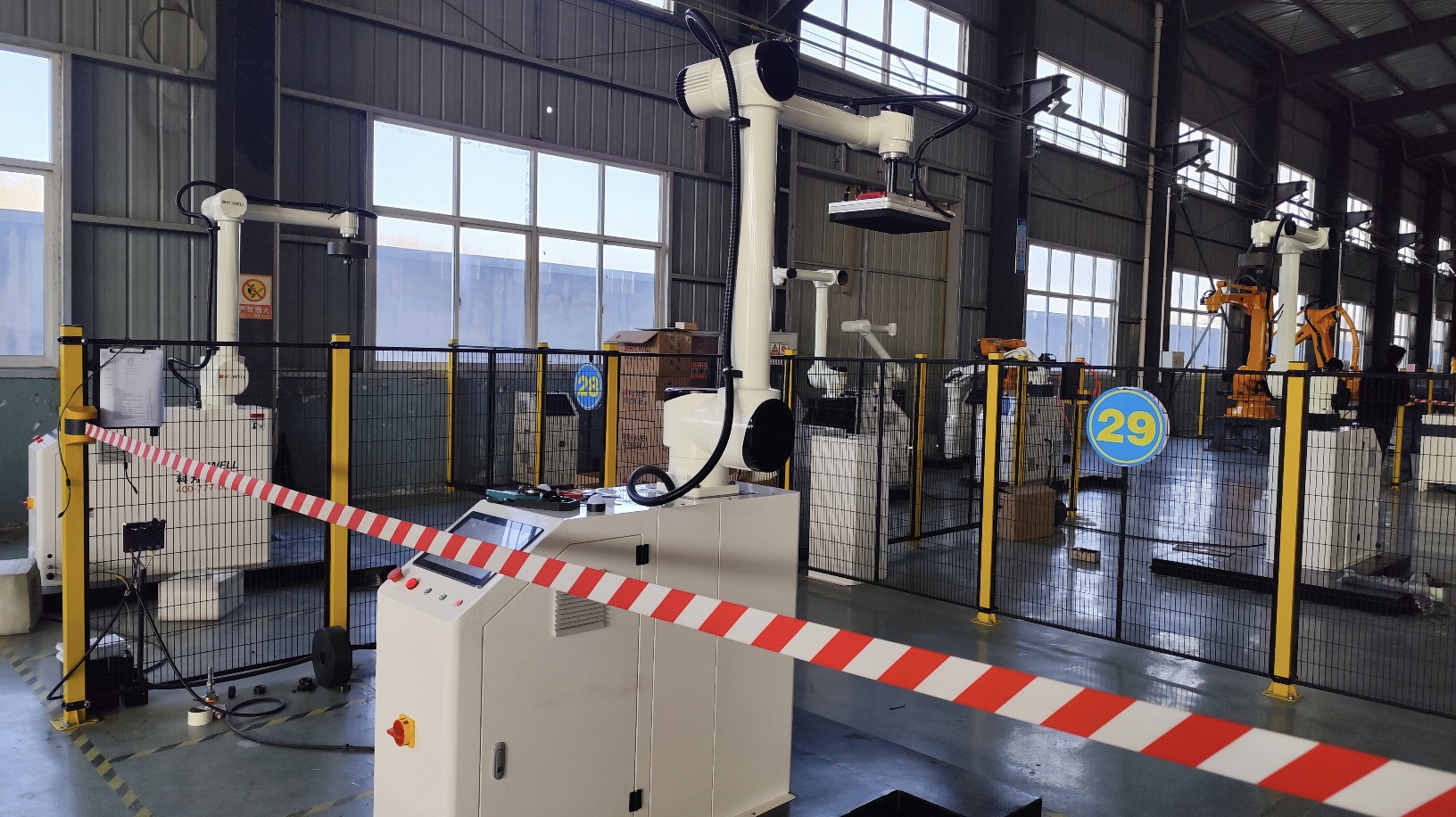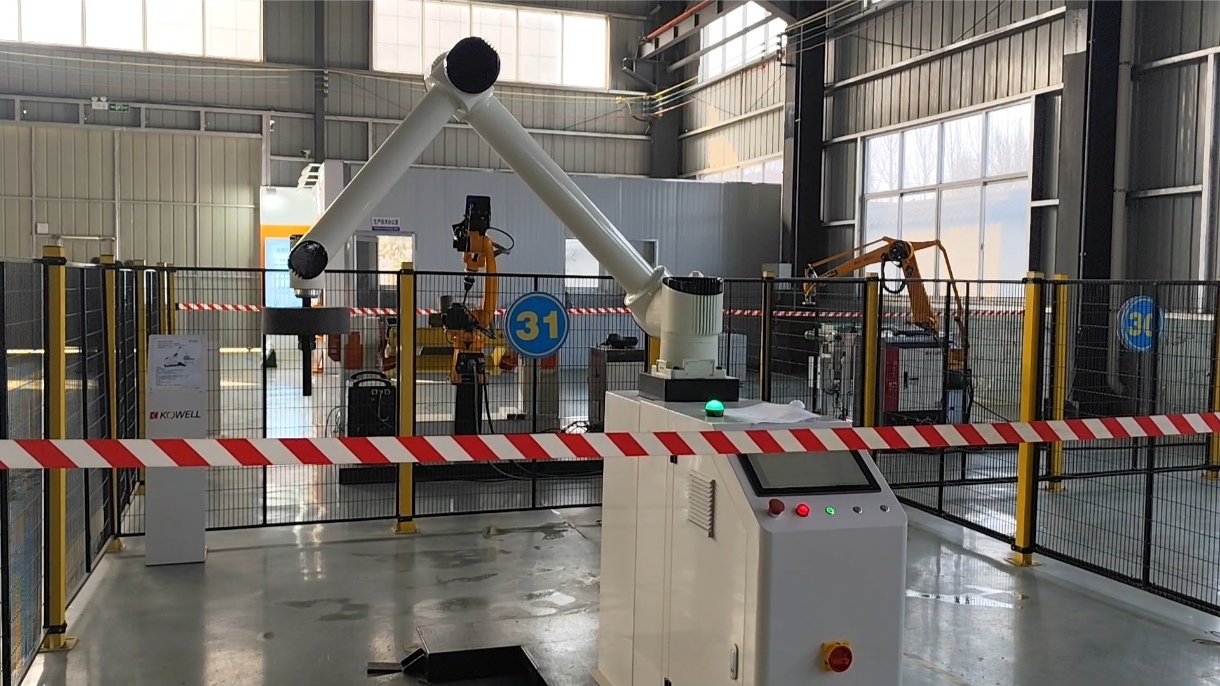In the wave of digital transformation in the manufacturing industry, automated multifunctional robotic arms are gradually becoming the core driving force of smart factories. It not only improves production efficiency, but also realizes a more flexible and precise production model through intelligent collaboration, laying a solid foundation for building a smart production chain.
The core advantages of automated multifunctional robotic arms
Accurate operation and improved production efficiency. Modern automated multifunctional robotic arms are characterized by high-precision sensors and control algorithms. Whether it is assembly, welding or handling, it can perform complex and delicate operations. Its stable characteristics reduce manual errors and improve production efficiency.
Flexible production and rapid adaptation to market changes. Traditional production models are often difficult to cope with small batch and multi-variety order requirements, while automated robotic arms can achieve rapid switching of production processes and production projects by simply adjusting the program.
Reduce costs and increase efficiency, optimize resource allocation The introduction of automated robotic arms has greatly reduced dependence on manpower, reduced labor costs, and improved material utilization. For example, in the food processing industry, automated robotic arms can accurately grasp, sort and package, reduce waste, and improve production consistency.
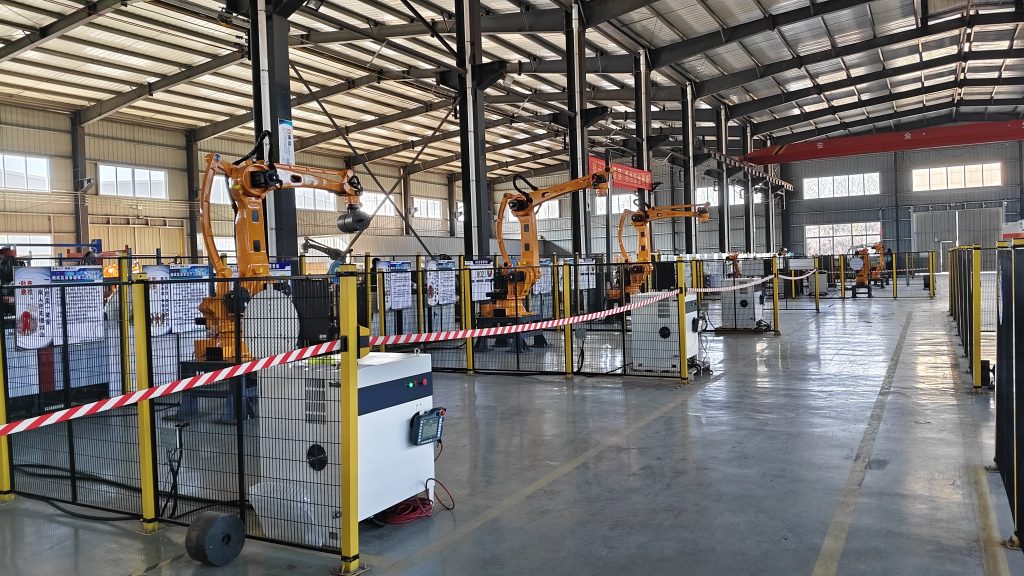
How does intelligence make automated multifunctional robotic arms more powerful?
Intelligent technology is giving automated multifunctional robotic arms more powerful capabilities, enabling them to play a more critical role in modern manufacturing. With the help of artificial intelligence, machine learning and big data analysis, robotic arms are no longer simply executing preset instructions, but can autonomously learn, optimize operations, and improve production efficiency and flexibility.
AI empowers and enables autonomous learning. Traditional robotic arms rely on fixed programs to run, while intelligent technology gives them adaptive capabilities. With the help of AI and machine learning technology, modern automated robotic arms can optimize motion trajectories and improve production efficiency.
Human-machine collaboration improves production flexibility. Traditional robotic arms are mostly used in closed environments, but the addition of collaborative robots today reduces safety isolation and improves work efficiency. More open environments are used, no longer limited to closed production lines, and more flexible and efficient production models drive the industry into a new era of intelligent manufacturing.
Future Outlook: How do automated multifunctional robotic arms promote the upgrading of the manufacturing industry?
With the in-depth integration of technologies such as the industrial Internet and 5G communications, automated robotic arms will be updated and iterated with the tide of time and the development of the times.
1.Enhanced autonomous adaptability to achieve intelligent decision-making
The future automated multifunctional robotic arms will have stronger autonomous learning and adaptive capabilities. They will no longer rely on fixed programming, but will be able to perceive environmental changes in real time and adjust their operation strategies autonomously. For example, on a complex assembly line, the robotic arm can automatically optimize its actions based on slight changes in product specifications and complete tasks without human intervention, thereby improving production flexibility. This intelligent capability will greatly reduce the cost of adjusting production lines and make it easier for companies to cope with market demands for multiple varieties and small batches.
2.Remote monitoring and predictive maintenance to improve equipment stability
With the popularization of industrial Internet and 5G communication technologies, the future automated multifunctional robotic arms will achieve remote monitoring and predictive maintenance. By collecting the operating status of the robotic arm in real time through IoT sensors and combining big data analysis, companies can detect equipment abnormalities in advance, perform preventive maintenance, and avoid downtime losses caused by sudden failures.
3.Green manufacturing and energy consumption optimization to achieve sustainable development
Driven by the "dual carbon" goal, manufacturing companies are paying more and more attention to green production and energy efficiency optimization. In the future, the automated multifunctional robotic arm will adopt a more energy-saving drive system, combined with intelligent energy consumption management technology, dynamically adjust the power output, and reduce energy waste.
4.Expand application scenarios across industries to promote industrial upgrading
At present, the automated multifunctional robotic arm is mainly used in industries such as automobile manufacturing, electronic assembly, and food processing, but its application areas will be further expanded and extended in the near future. For example, in the agricultural field, automated robotic arms can be used for intelligent picking, drip irrigation, and planting management, improve agricultural production efficiency, and reduce the burden on farmers; in the warehousing and logistics industry, robotic arms based on AI algorithms will further optimize the sorting and handling processes and improve the intelligence level of the supply chain. With the continuous emergence of these new application scenarios, the market value of robotic arms will be further released, promoting the intelligent upgrading of multiple industries.
Conclusion: The core driving force of industrial intelligence
Automated multifunctional robotic arms are not only tools to improve production efficiency, but also key nodes in the intelligent manufacturing system. Its intelligence, flexibility and data capabilities make it play an irreplaceable role in the process of building a smart production chain. In the face of rapid changes in the manufacturing industry, companies can only take the lead in future competition by actively embracing intelligent technology.
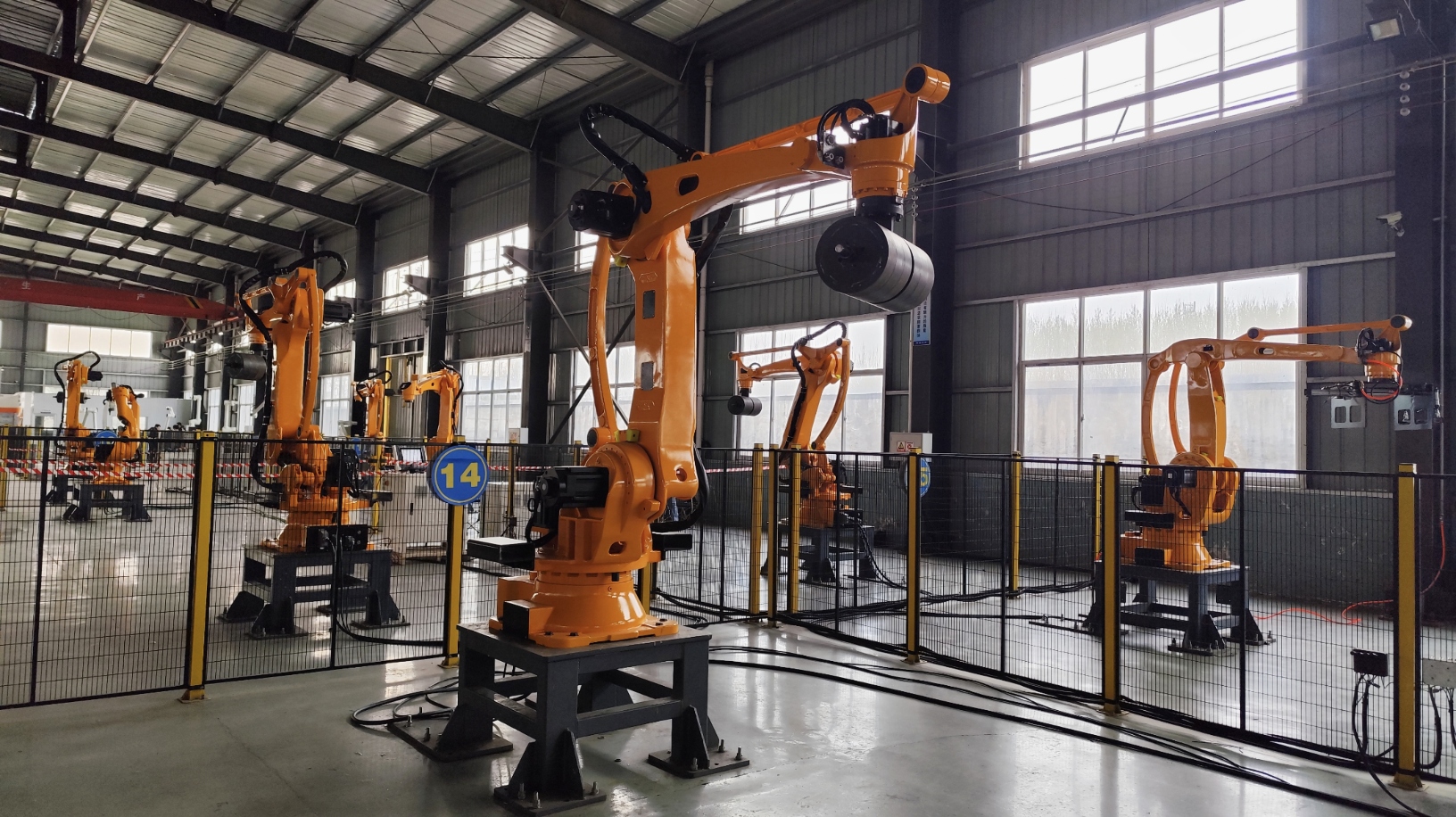
Online Consultation
Hello, the current customer service is offline. You can leave your contact information and the staff will respond to you as soon as possible!


